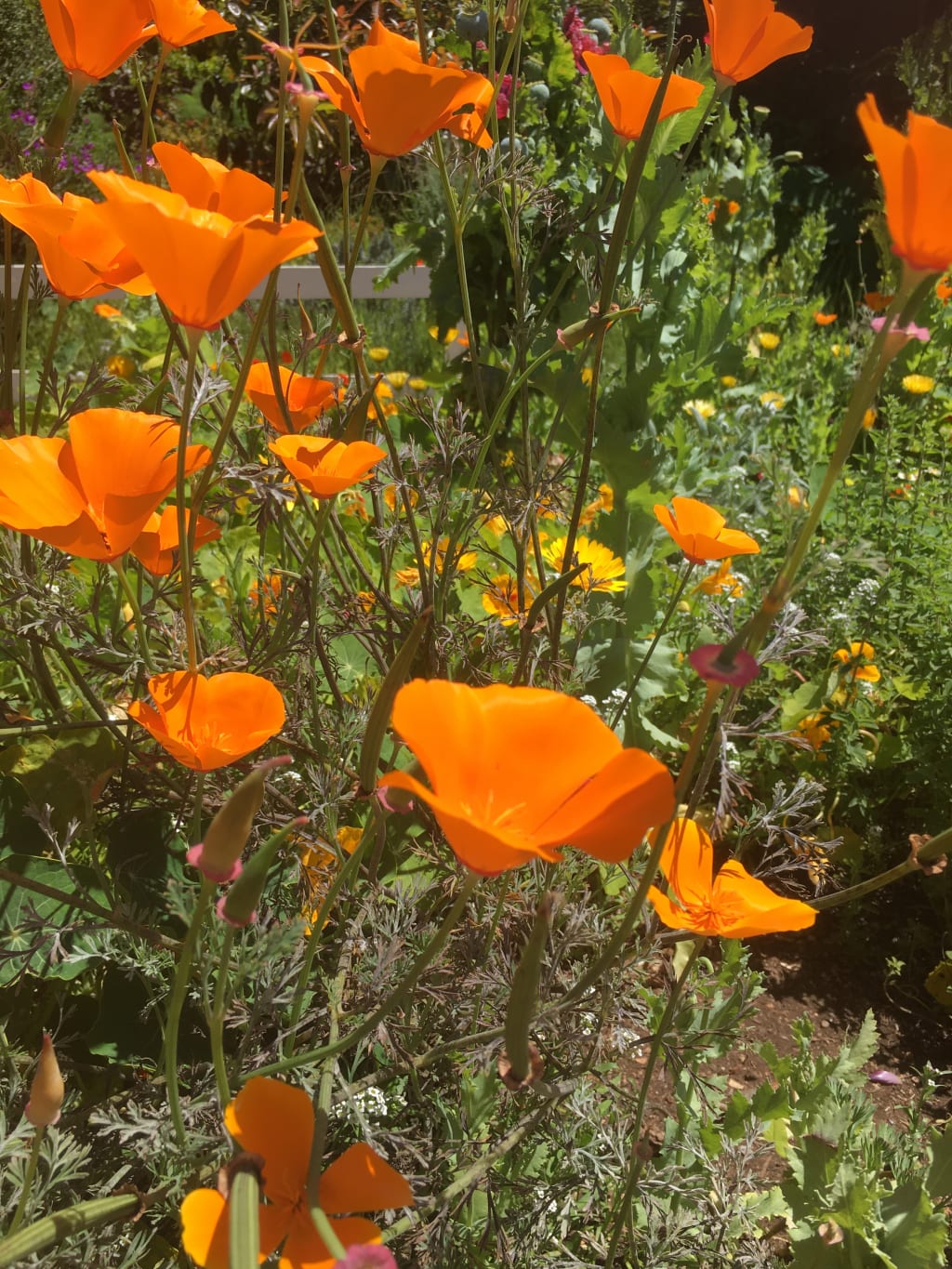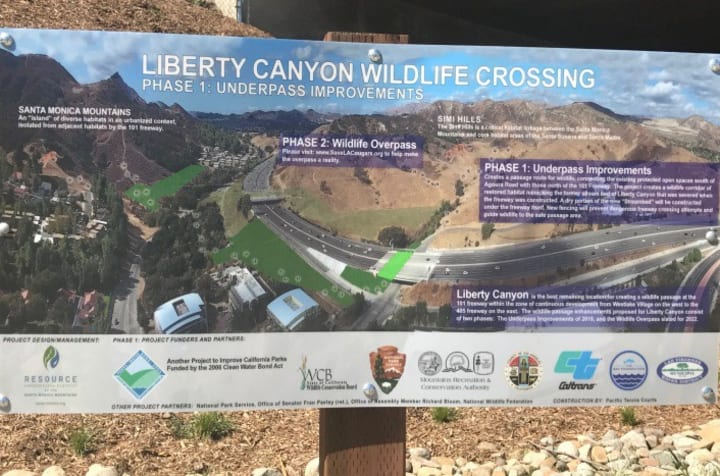Rewilding
The Santa Monica Mountains

All animals, great and small, work together to maintain an ecosystem’s biodiversity and integrity. In some of my research on mountain lions in the Santa Monica Mountains, I have argued that apex predators are crucial to this balance. Without them, ecosystems will collapse. Dave Foreman, founder of Earth First! knows this and created the term Rewilding as a comprehensive means to protect the environment.
Rewilding is a form of ecological conservation to preserve and restore wilderness spaces. Foreman maintains that one way of restoring the wilderness is to reintroduce keystone predators back into their native habitat. Rewilding can mitigate mountain lion extinction and links three conservation principles also known as the 3 Cs — and yes, carnivores is one of them. The 3 Cs stand for conservation of Core habitats, corridors, and carnivores, requiring little to no human supervision and interposition.
Core habitat is the terrain in which mountain lions live and roam. Without sufficient habitat, lions, as mentioned earlier herein, suffer the dire consequences of inbreeding, interspecies fighting, food insecurity, and other lethal deaths. Bensen (2019) and his team of scientists have argued for the protection of “habitat patches large enough to facilitate persistence of populations of large carnivores,” which in term can lessen some of the anthropogenic stressors such as habitat degradation, fragmentation, and destruction (p. 13).
Corridors make up the second conservation core, which allow for geographical connection between fragmented wildlife habitats and allow mountain lions to move across the landscape of the Santa Monica Mountains without ending up as roadkill on the 101.

Presently, there is a proposed 87 million dollar wildlife corridor known as the Liberty Canyon Wildlife Crossing that will extend 165 feet above the 101 Freeway to reconnect different sections of the Santa Monica Mountains and facilitate mountain lion immigration over the pass. Scientists hope that the corridor, which is designed to blend into the Southern California landscape with indigenous bush and trees, will increase genetic diversity and reduce extinction of predators.
The wildlife corridor, which is scheduled to open in 2023, will allow the indigenous mountain population the freedom to roam between publicly owned Santa Monica Mountain landscapes. According to Beth Pratt of the National Wildlife Federation, “This ecosystem needs to be reconnected for all wildlife,” including deer, coyotes and other creatures will not be denied access.
Carnivores make up the final core. These apex predators play a critical role in the preservation of biodiversity in our ecosystems. Many scientists have connected thriving ecosystems to the presence of top predators. Multi-layered and crucial relational interactions are established on the backs of our carnivores, including resource facilitation, trophic cascades, and dependence on ecosystem productivity. Without carnivores, the ecosystem shifts triggering a “mesopredator release,” an increase in mesopredators have detrimental effects on some prey populations as well as landscape vegetation.
Keystone predators such as mountain lions help to maintain ecosystems within the Santa Monica Mountains by preventing deer from overgrazing the landscape and allowing for ecological restoration. Removal of the cougar causes a rise in the growth of the next trophic cascade level, the mule deer, which in turn causes a decrease in the vegetation. Removal of the top carnivore is called a top-down trophic cascade. The resilience of ecosystems is sustained by “top-down” trophic interactions that are set off by apex predators.
The Santa Monica Mountains is where I find my solace. Hiking the trails and searching for wildlife keeps my spirits alive. I seldom see a mountain lion, but I know they are out there. I know the mountain lion perceives life differently from me and other humans. I know when he/she shows up in someone’s backyard tree, something is off; that it is a symbol, a harbinger to what happens when we do not protect our natural habitats.
Rewilding is an effective strategy that identifies core habitat and connective corridors to maintain its carnivore populations — which are deemed essential to the overall health of the biological diversity of the ecosystem.
Originally published on Medium.
·






Comments
There are no comments for this story
Be the first to respond and start the conversation.